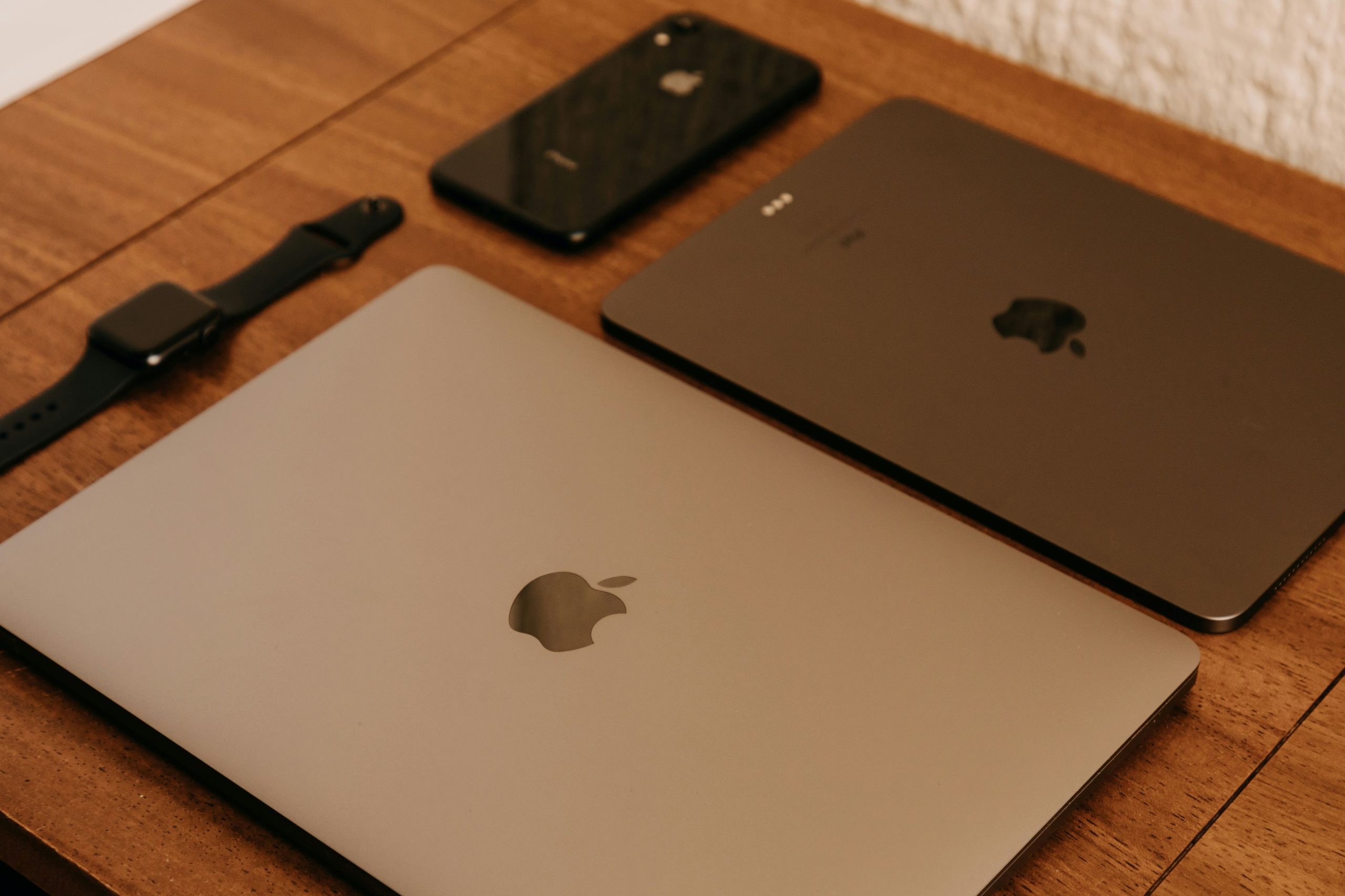In a world where app ecosystems are as diverse as the devices they run on, the allure of accessing Android applications (APKs) on an iOS device can feel tantalizingly out of reach. Imagine being able to tap into a treasure trove of apps that, for various reasons, have never made their way to Apple’s App Store. Whether it’s a niche game that’s captured your attention or a productivity tool that promises to streamline your workflow, the thought of sidestepping conventional barriers opens up exciting possibilities.
But how do you bridge the gap between these two distinct platforms? While iOS is known for its security and polished user experience, it also comes with strict limitations regarding app installations. Fear not! In this article, we will guide you through the intricate process of installing APK files on your iOS device—unraveling myths and simplifying complexities along the way. Get ready to expand your app horizons and discover methods that might just change how you interact with technology!
What is an APK File?
An APK file, which stands for Android Package Kit, is the file format used by the Android operating system for distribution and installation of mobile apps. These files contain all the necessary components needed to run an application on an Android device, including code, resources, assets, and manifest files. While APKs are primarily designed for Android systems, their significance in cross-platform environments is increasingly acknowledged—especially as developers explore ways to enhance compatibility across devices.
The appeal of APK files extends beyond mere convenience; they empower users with flexibility. For instance, you can sideload applications that aren’t available in conventional app stores due to regional restrictions or developer preferences. This capability opens doors to a vast universe of apps that might not be officially endorsed but offer unique features or experiences. However, this accessibility comes hand-in-hand with responsibility to ensure security and authenticity since installing third-party APKs can expose devices to risks if sourced from unreliable platforms. As such, understanding what an APK is allows you not only to navigate the world of apps more confidently but also prompts curiosity about whether similar innovations could ever bridge the gap between iOS and Android ecosystems.

Why Install APK on iOS Devices?
Installing APKs on iOS devices might seem unconventional, but it opens a treasure trove of possibilities that expand beyond standard app offerings. Users often seek unique applications not available in the App Store—think experimental games, niche productivity tools, or culturally relevant apps from international developers. By venturing into the world of APKs, you’re not just redefining your device’s capabilities; you’re also gaining access to a vibrant ecosystem that may align more closely with your specific needs and interests.
Moreover, installing APKs can foster a spirit of exploration and customization among tech-savvy users. This process encourages individuals to step out of their comfort zones and discover innovative solutions that can enhance their daily lives. Whether it’s through accessing retro games previously lost to time or finding specialized software for creative projects, the ability to install APKs allows users to personalize their experience far beyond what traditional app downloads permit. Embracing this method could revolutionize how we interact with our devices—turning them from mere tools into extensions of our passions and pursuits.
Limitations of Installing APKs on iOS
While the allure of installing APKs on iOS devices may seem enticing, several limitations can hinder the process. Firstly, Apple’s strict security architecture is designed to protect users from potential malware and unauthorized applications. This means that even if you manage to sideload an APK through various methods, there’s no assurance it will function correctly due to compatibility issues between Android and iOS operating systems. The fundamental differences in app framework and functionality often lead to crashes or a complete failure to launch.
Moreover, relying on third-party app stores or unofficial methods carries significant inherent risks. Users might expose their devices to vulnerabilities by bypassing Apple’s built-in protections, leaving personal data susceptible to breaches. Additionally, without the rigorous App Store review process, there’s no guarantee of quality control; apps could contain bugs or malicious features disguised as harmless functionalities. Hence, while embarking on the journey of installing an APK on iOS might seem like a clever solution for accessing unique applications unavailable in Apple’s ecosystem, one must weigh these considerable drawbacks carefully against potential benefits.

Necessary Tools for Installation Process
To successfully install an APK on iOS devices, having the right tools is crucial for a seamless experience. One key player in this process is Cydia Impactor, an application that allows you to sideload apps onto your device without jailbreaking it. By simply connecting your iPhone to your computer and dragging the APK file into Cydia Impactor, you can initiate the installation effortlessly. However, keep in mind that you’ll need a valid Apple ID account—ensuring that you’re adhering to Apple’s guidelines while bringing new applications into your ecosystem.
Another essential tool worth exploring is AltStore, which provides another convenient way to sideload apps without relying on traditional methods. By installing AltStore on both your computer and iOS device, you create a bridge for transferring APKs directly from your desktop to your iPhone or iPad. The beauty of AltStore lies in its ability to refresh installed apps automatically every seven days, eliminating the hassle of frequent manual reinstalls. These innovative solutions challenge conventional App Store limitations and open up exciting avenues for accessing diverse content—an exhilarating prospect for any tech-savvy user eager for more control over their device’s capabilities.
Step-by-Step Guide to Install APK
Installing an APK on iOS may seem like a daunting task, but with the right guidance, it can become a seamless experience. First, you’ll want to explore alternative app stores or platforms that facilitate APK installations on your iPhone. Tools like Cydia or AltStore allow users to sideload apps from outside the App Store ecosystem. By using these options, you’re opening yourself up to a world of applications not typically available through Apple’s stringent guidelines.
Once you’ve chosen your platform, ensure that you’re working with trustworthy sources—this avoids potential security risks associated with third-party apps. The installation process generally involves downloading the desired .ipa file (the iOS equivalent of an APK) and transferring it to your device through the selected tool. Remember to have your device settings adjusted accordingly by enabling “Trust” for any new developer profiles you add. With careful navigation through permissions and settings, you’ll not only gain access to diverse applications but also enhance your IoS experience beyond conventional boundaries.

Using Emulators for Running APKs
Navigating the challenges of APKs in an iOS context requires a blend of creativity and caution. While the temptation to harness the utility of these Android packages is strong, iOS’s architecture presents inherent barriers. Many users may seek alternatives that mirror APK functionality, such as Progressive Web Apps (PWAs) or tailored third-party applications designed to circumvent traditional limitations. These options can provide similar experiences without compromising device security or stability.
Moreover, understanding the legal implications tied to installing APKs on non-Android devices can further enrich your perspective. Issues like copyright infringement and software licensing loom large in this landscape—oversights here can lead to significant repercussions for both developers and users. Engaging with online communities dedicated to mobile technology can serve as a valuable resource, offering insights from those who have successfully maneuvered these waters. Ultimately, a thoughtful approach not only enhances your experience but also cultivates a deeper respect for the ecosystems we navigate daily.
Conclusion: Navigating the Challenges of APKs
Navigating the challenges of APK installations on iOS can feel like traversing a digital maze. Unlike Android, where APKs are commonplace and easily manageable, iOS operates within a tightly controlled ecosystem that prioritizes security and user experience. This difference is crucial to understand; while attempting to sidestep these restrictions may offer access to exclusive apps or functionalities, it can also expose your device to vulnerabilities or instability.
Moreover, with emerging technologies like cross-platform development frameworks, we’re seeing innovative solutions that might eventually bridge the gap between APK availability and Apple’s app guidelines. As developers experiment with new ways to deliver applications across platforms without compromising security, the future of mobile app accessibility holds promise for iOS users yearning for broader options. Until then, approaching the installation of APKs with caution—and understanding their implications—can help you maintain both functionality and security in your digital life.






